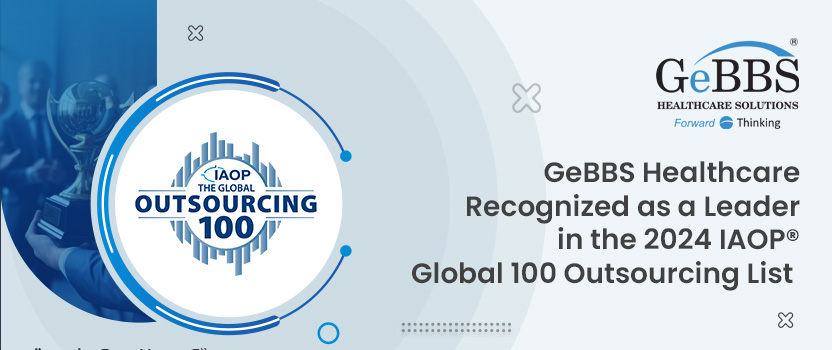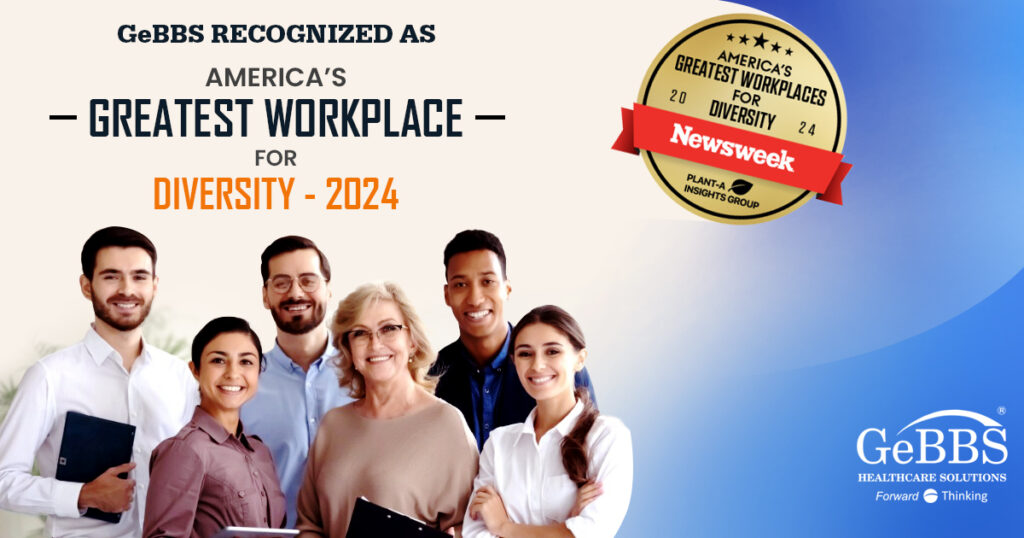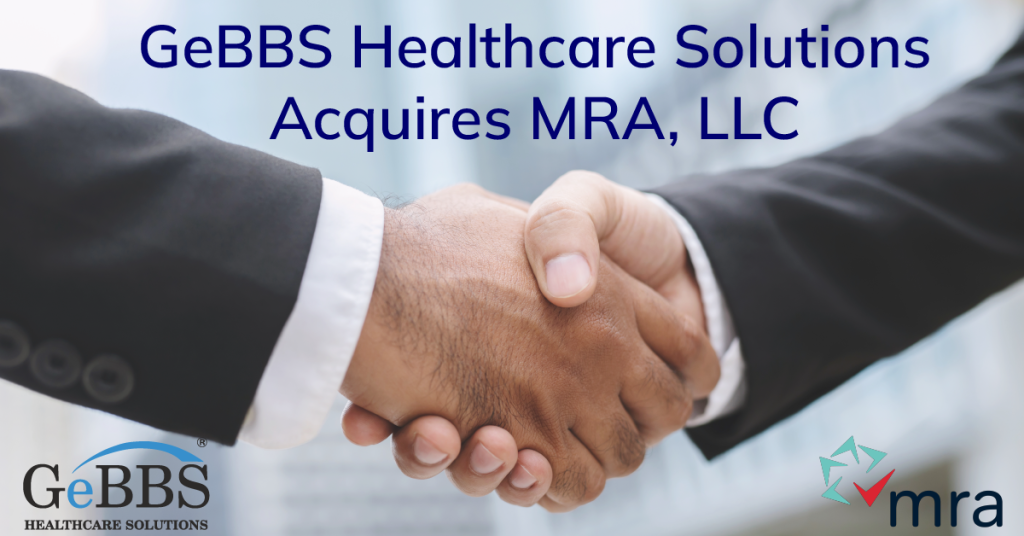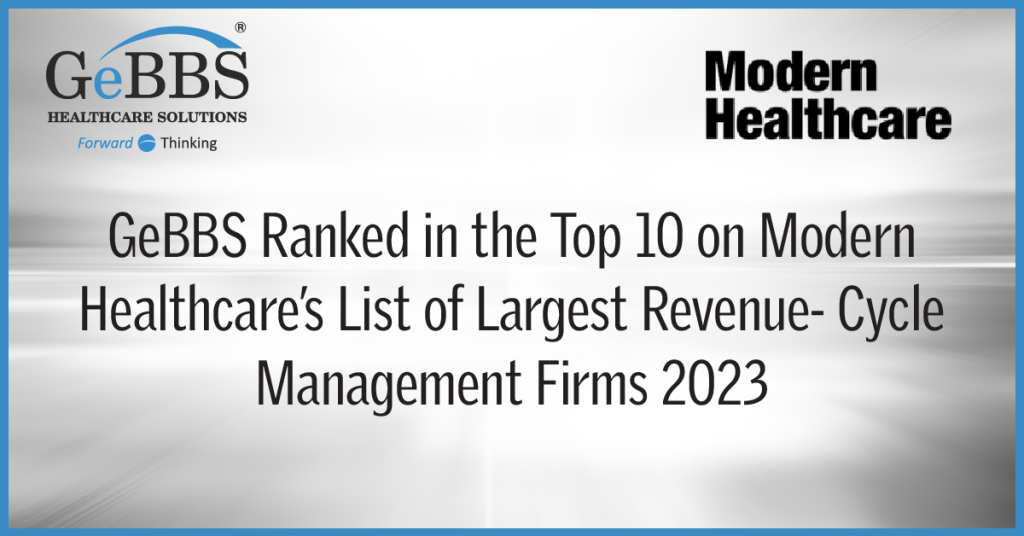In this edition of Gibson Talks, Trey Wheless, a risk adjustment and quality reporting executive at Gibson Consultants, and Gabe Stein, Executive Vice President of GeBBS Healthcare Solutions, sat down to discuss the benefits to payors and providers of adopting technology that impacts risk adjustment. Gabe shared his perspective as an executive for a leading technology-enabled provider of revenue cycle management solutions.
Q1. How is technology changing the way that payers and providers are looking at risk adjustment?
For the past few years, payers have been shifting risk to the providers. As we see more providers getting into risk-bearing arrangements, that shift brings the responsibility of closing care gaps to the providers. The question then becomes, how do providers and payers work together to ensure that the clinical documentation is accurate and justifies the proper risk score?
There are several ways of doing this. Payors and providers can retrieve and review charts independently or use their vendors for this. In some instances, payers give providers software tools to help them identify charts that warrant a closer look.
From our perspective, the significant trend we’re seeing in the market right now is how providers can address this at the point of care or pre-bill. This means integrating a risk adjustment tool within the EMR so that providers can view the patient’s past diagnoses, allowing them to understand what needs to be addressed to close HCC’s and HEDIS gaps. The provider can open up the patient’s medical record in the EMR, in addition to the tool’s suggestions, and then can confirm or deny the conditions.
The question that’s left is, while you have all this technology and data, who will actually do the work? Here again, are multiple options. After the provider confirms or denies the information in the record, that information goes to a software tool, and then either the providers’ coders, or the vendor’s coders, audit that information. The provider can be queried in real-time, and they can change the documentation if they feel appropriate.
Now there is a better HCC capture at the point of care. This method is also reducing costs because you no longer have to retrieve records or do a retrospective review, and maybe you even minimize the number of in-home assessments performed.
What makes this type of tool so powerful is whenever you close out the EMR record, the encounter immediately goes through AI software which identifies any issues. A coder then looks at it through a “documentation improvement” lens and, when complete, it queries the provider to review proposed changes. This gives you a more complete record.
That’s the most impactful change compared to retrospective reviews; for example, a year and a half later after an encounter, it’s a much harder conversation.
At the end of the day, this technology is going to drive accuracy, improve RAF scores, and reduce costs.
Q2. As NLP changes risk adjustment, what are the future implications?
I think when NLP first gained traction, health plans were comfortable with it for a second-level review. With a second-level review, a health plan or vendor codes the records, and NLP identifies what was missed by human error. The coder then validates what was found by NLP. It pointed out that human coders are not very accurate.
So, it begged the question, why not use NLP on the first-level review? Marrying it with a coder allows the focus to be on achieving the code capture accurately at the beginning. The reality is NLP and AI are not 100% yet, but if you utilize a coder with NLP together, it should reduce the need for a second-level reviews. I think over the next 12-18 months, the improvements of the technology will move us away from second-level reviews.
Q3. What’s your perspective of insourcing vs. outsourcing?
If you’re looking at this from a health plan’s perspective, the work is very seasonal, but the problem is having enough coders available during sweeps, so outsourcing in most cases makes more sense. Also, building and managing a team and establishing processes might not make financial sense. However, there are some plans, usually large plans, that are doing some of the retrieval and reviews in-house. My perspective is that if you have the ability you should have at least a portion of your initiatives in-house, like the second-level or compliance reviews. Health plans that have multiple business lines, having more in-house coders makes sense.
We see technology changing this a bit. A health plan may be using 2-3 different vendors for the retrieval and coding. You see some Payers wanting to have one platform for vendors and internal staff so that they get the same reporting and audit capabilities, having their process following the same methodology. When moving to one platform, you can then manage the whole initiative in one area, retrieval, project plan, and quality, rather than vendor by vendor, all while reducing your number of reports and having more flexibility.
On the provider side, with an EMR – NLP integration, you’re capturing the codes up-front. As a risk-bearing provider, you also can reduce the time to get paid because now you can submit your HCC’s throughout the year on sweeps and don’t have to wait the traditional year or more to be paid. Payers don’t care as much about the efficiency of payments because they account for that in their actuarial models, but the providers and medical groups do care.
Q4. What shifts in technology do you expect to see over the next 2-3 years?
Before Covid-19, the usage of our provider portal for electronic transmittal of records was around 30% – 40%. Since the pandemic that’s increased to about 65% – 70%. This illustrates increased openness to technology for chart acquisition over the past 16 or so months.
We will start to see more providers engaging in risk adjustment as the laws are beginning to change around direct contracting with CMS. Many payers are pushing providers to start taking more responsibility for documentation of risk adjustment. So, that’s going to help payers in some ways, but it’s also going to cause more competition.
Lastly, with changes in technology, regulations, and interoperability, it’s going to be very important that the ease of usability of the tools will facilitate improved reporting accuracy and reduced costs. The tools and technology should ultimately enable providers to stay focused on taking care of patients.






